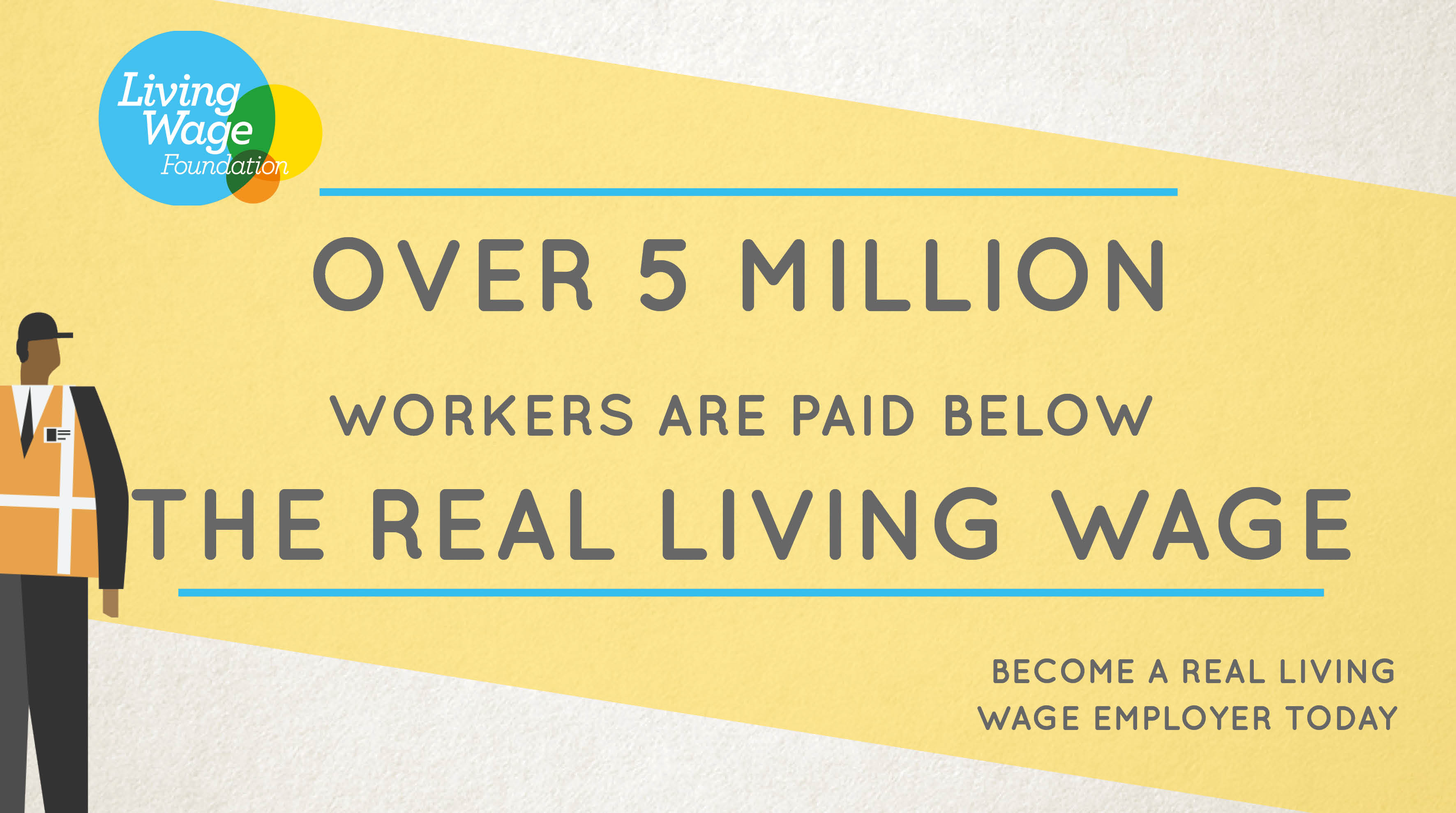New KPMG analysis released today shows that just under one-fifth (19%) of UK jobs pay below the real Living Wage.
- Less than one-fifth (19%) of UK jobs pay below the real Living Wage
- The latest estimate is down from 22% last year and the lowest since 2012
- Part-time workers are three times more likely to be paid below the threshold of £9.00 (or £10.55 in London)
- All UK regions experience a drop in the share of jobs paying below the real Living Wage
- Around 24% of women face in-work poverty compared to 15% of men
- Female in-work poverty is highest in the East Midlands and lowest in Scotland
After a setback last year, KPMG analysis released today has revealed that significant progress has been made on the real Living Wage in 2019. Just under one-in-five (19 per cent) of UK jobs currently pay below the threshold of £9.00 and £10.55 in London, which is down from 22 percent in 2018. This is the lowest figure for seven years and represents a decrease of around 560,000 jobs paying less than the real Living Wage.
The number of jobs paid less than the real Living Wage now stands at an estimated 5.19 million, down from a peak of 5.75 million in 2018, according to the latest analysis conducted by IHS Markit for KPMG.
A closer look at the findings reveals that there is still a long way to go for part-time workers. Around 38 percent of part-time jobs earn less than the real Living Wage, compared to only 12 percent for full-time employees. London is a particular hotspot for part-time jobs that are paid less than the real Living Wage (46 per cent).
On gender equality, the proportion of female employees earning less than the real Living Wage (24 per cent) exceeds that for males (15 per cent). This equates to around 3.2 million female employees compared to 2 million males. By region, the proportion of females earning less than the threshold is highest in the East Midlands (29 per cent) and lowest in Scotland (20 per cent).
Gender.jpg

Female part-time staff make up the largest broad category of jobs paid less than the real Living Wage, which is an estimated 2.1 million employees and therefore accounts for around 40% of all in-work poverty.
Commenting on the findings, James Stewart, Vice Chair of KPMG UK, said:
"The Brexit impasse has undoubtedly impacted the jobs market and it is clear that employers have stepped up and taken decisive action to retain and motivate their workforces.Over the coming period of uncertainty productivity will be key and we know that the real Living Wage is an effective driver. What's good for our workers is good for business too and there is a real opportunity for many to look at the remuneration of their staff in terms of overall benefit to their business as well as the bottom-line. But we must ensure that part time workers are not left behind - as these figures show well over a third are not benefiting from the real Living Wage. There are also far too many women who are not benefiting from these changes and over the coming year we must address this and the regional disparities which still exist."
Katherine Chapman, Director of the Living Wage Foundation, added:
"We know the campaign for a real Living Wage has had a huge impact in tackling in-work poverty. Over the last year we've seen more and more responsible organisations recognise that a real Living Wage is not only good for workers and their families, but it also makes good business sense. However, with over 5 million workers still paid below the Living Wage - and 24% of women compared to 15% of men - it's clear we need to see more employers step up and commit to pay a real Living Wage."
5 Million.jpg

With over 5 million workers still paid below the real Living Wage, you can make sure a hard day's work means a fair day's pay by becoming a real Living Wage Employer today.
